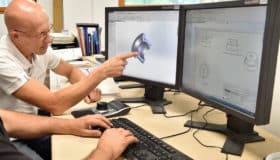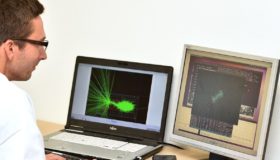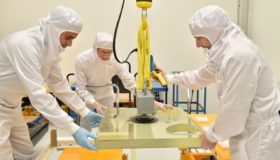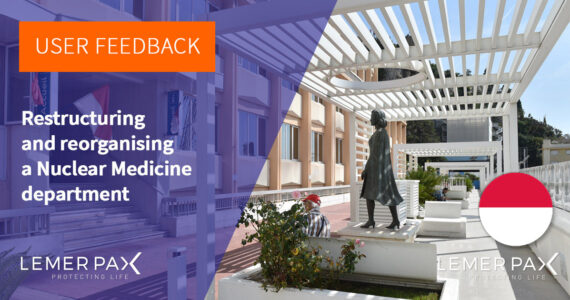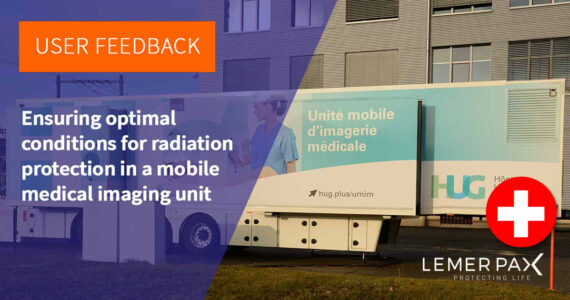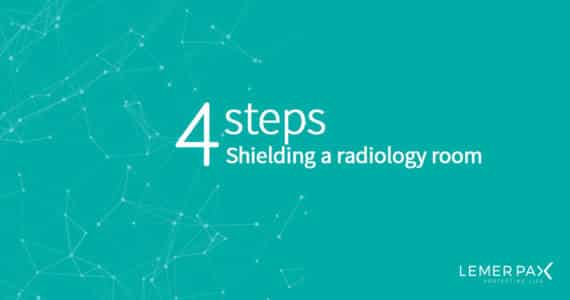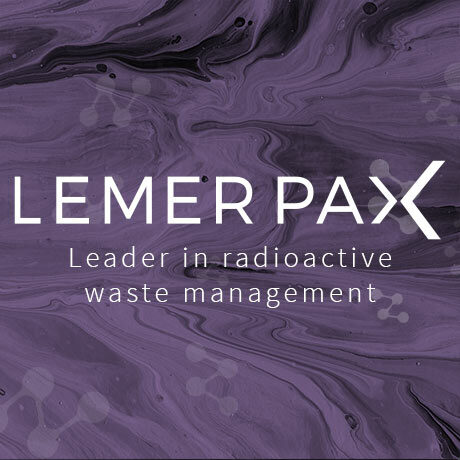
Lemer Pax leader in radioactive waste management
With more than 50 years of experience, Lemer Pax offers a unique and recognized expertise in the management and storage of waste contaminated by radionuclides.
Coming from nuclear imaging services, iratherapy rooms and the rise of theranostics, the management of radioactive waste is becoming a crucial issue in the field of personalized medicine.
However, it is perfectly mastered by Lemer Pax, including for the most specific requests where the history of its know-how is a precious help in diagnosing your real needs.
Radioactive effluent management plan
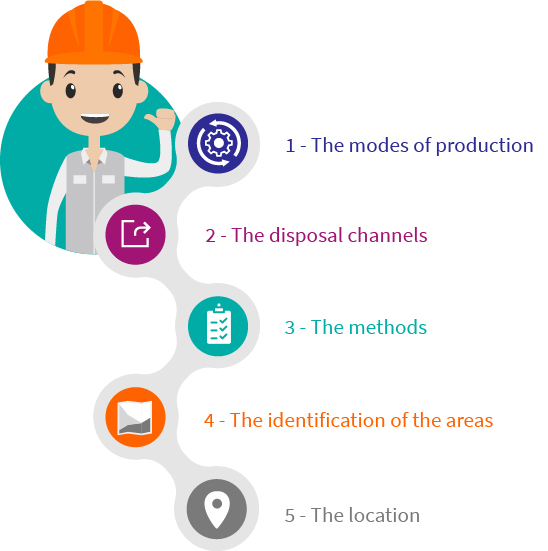
Established by the person in charge of the nuclear activity and by a CRP within the framework of article R. 1333-16 of the public health code,this management plan, whose rules are set by the ASN, must include:
- The modes of production of liquid effluents and their main characteristics
- The disposal channels
- The effluent management methods
- The identification of the areas where liquid effluents are produced and the places intended to store them,
- Finally, the location of discharge points and monitoring arrangements.
Liquid effluents contaminated by radionuclides with a half-life of less than 100 days may be released under conditions identical to the other uncontaminated liquid effluents of the facility after a sufficient decay time so that their activity by volume is less than 10Bq/l (with the exception of liquid effluents from patient rooms treated with iodine -131 for which this limit is set at 100Bq/l)
The expertise of Lemer Pax
In this global plan, and with regard to a rigorous schedule of conditions, Lemer Pax, thanks to its rich documentation resulting from its long experience, proposes solutions adapted to the various environments intended for the management of radioactive liquid effluents. Patients hospitalized in specially protected rooms, soon to be used for theranostics, receive, for anti-cancer therapeutic purposes, high levels of iodine 131. They eliminate, naturally in their urine, during the four days following the administration, 60 to 80% of the administered activity, which makes it essential to collect these effluents in storage tanks by requiring, upstream, separating toilets and pipes allowing the safe routing of the waste towards the decay tanks equipped with a measurement system informing of the volumic activity in real time.
Given the high volume activity of waste from the sanitary facilities of these treatment chambers, dedicated tanks must be reserved for receiving these effluents.
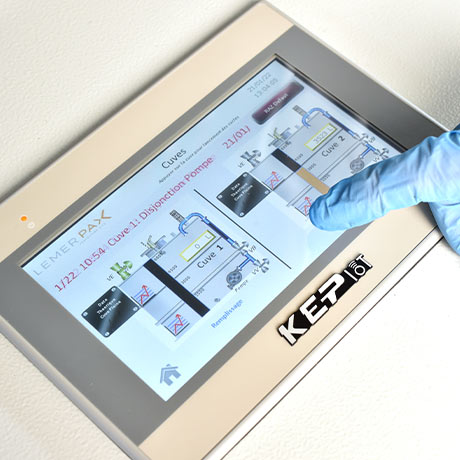
These tanks, which are double-skinned and optionally automated, are separate from those used for laboratory effluents. However, they must operate according to the same principle and meet the same requirements. The capacity of the storage tanks must be sufficient to receive the quantity of effluent produced during the time required for radioactive decay of this effluent prior to its release into the general network within the facility.
In practice, this system of storage tanks consists of at least two tanks operating alternately in filling and decay. When one tank is full, the collected effluents are directed to the second tank which has just been emptied after a period of radioactive decay.
Solutions adapted to the needs and layout of a nuclear medicine department
Whether it is a question of radioprotection of an iratherapy room, a radiopharmacy or defining and setting up the appropriate equipment to manage and store radioactive effluents, Lemer Pax offers ad hoc support for the nuclear medicine and radiopharmacy departments. The effluents come from radiopharmaceutical products from the preparation and injection rooms and especially from the toilets dedicated to patients injected with radiopharmaceutical products marked mostly with Technetium (99mTc).
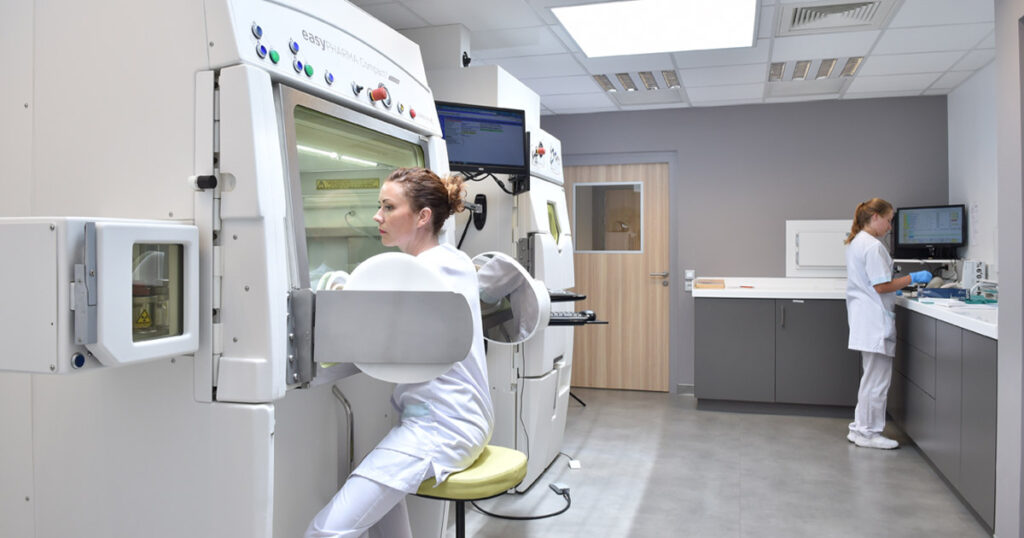
With more than 130 decay tank systems in operation by 2022, Lemer Pax is able to intervene in all stages of the life cycle of these devices: needs assessment, design, manufacturing, installation and maintenance. Lemer Pax patented decay tanks range from 50 to 15,000 liters and are used to store radioactive effluents from civil nuclear activities as well as those from nuclear imaging. Equipped with real ergonomics, a monitoring and alarm mode on a touch screen, they are made to measure and can therefore be adapted to premises and accesses of all sizes.
On old installations and to meet the latest standards set by the l’ASN, Lemer Pax renovates the installations by proposing automated management cabinets, with sensors and touch screen, to ensure a fine management of the content of the tanks and of the end of filling time, all connected to the whole network.
This is how Lemer Pax has used all its know-how for the benefit of the HUS of Strasbourg, by modernizing the equipment of the radiopharmacies and the injection rooms of the Hospital Group, in order to bring them up to standard, and by delivering the new dedicated installations of the oncology department of the HUS.
